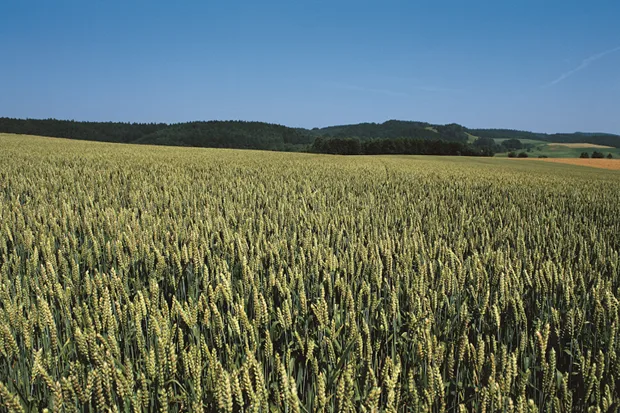
Overview
Author
Edward Lawton-Bradshaw | 5th March 2025Tags
Cereal Diseases
Environmentally Friendly
This pathway exists only in plants; mammals, birds, fish, and insects must obtain these amino acids from food and do not metabolize glyphosate, contributing to its favourable environmental profile. No other herbicide class targets this site (HRAC group G).
Glyphosate Formulations
Not all glyphosate products are the same. While they share the active ingredient, formulation impacts performance. Since Roundup’s launch, our chemists have developed advanced formulations for improved weed control, less restrictive use, and enhanced safety. Modern Roundup formulations ensure superior uptake, faster action, better rain resistance, and higher efficacy.